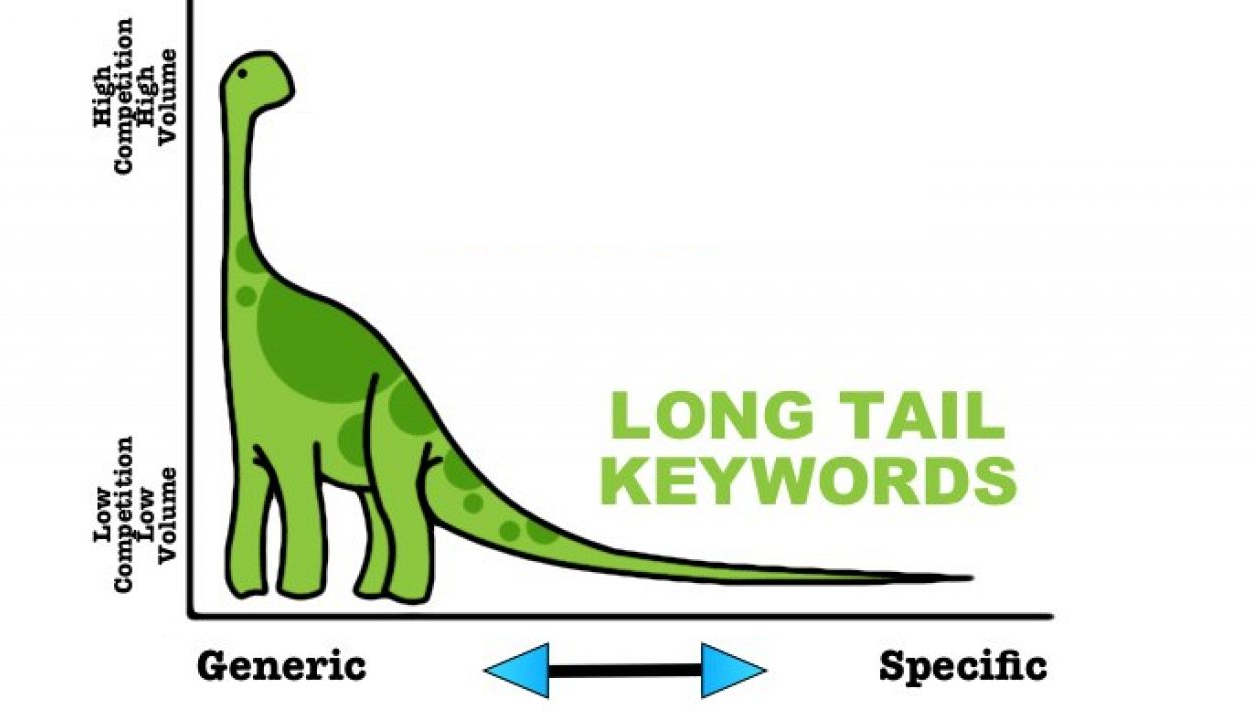Semalt About SEO For Bloggers. Why Is It Important?

SEO, blogging to be or not to be! Every author of an online journal must know its rules to effectively position himself on the web and take care of traffic from search results - to do this, befriend the Google search engine and adapt to its requirements at the same time. What is SEO and why is it so important for a blogger? What are the keywords and headings H1, H2, and H3? Today, a handful of positioning and optimization tips!
The blogosphere is constantly evolving. In the past, blogs were mainly e-diaries - today they are more and more often run based on a well-thought-out strategy and are a communication weapon. SEO, on the other hand, is a crosshair thanks to which you can reach the right readers.
Nowadays, almost every blogger takes his / her job seriously: he/she prepares professional notes, takes care of aesthetic photos, is active on Facebook, Instagram and other social networks. Often, positioning goes to the next plan. However, is it possible to run a blog well without at least basic SEO knowledge? You can, but it will be much more difficult!
Here are some tips for all SEO writers. Contrary to appearances, the devil is not as scary as he is painted!
What is SEO anyway?
If you write a blog, you probably care not only about current readers, but also about acquiring new ones. How to get to them? How to get them interested in your blog entries?
The basis is SEO - this abbreviation evolves as Search Engine Optimization, which means optimization of a website for a search engine. And since Google is definitely the most popular search engine, SEO activities are mainly focused on its requirements. And although the search engine algorithms are constantly changing, we can still indicate some fixed, universal guidelines.
SEO, in addition to acquiring links, is directly related to the website - these are the so-called activities on-site. By taking the right actions on your blog, you can make it appear in high positions in the results of your potential readers' queries!
Blog content, i.e. the high-quality content you need!

Content is the king - you've probably heard this sentence more than once or twice. But what does it actually mean? Well, Google robots like the best content that is unique and tailored to the subject of the blog. Thanks to this, the posts are rated as valuable! In short, it means that the more unique knowledge you share with your readers, the higher you will be displayed in the search results in a given field.
Because if you started a blog, you definitely had an idea for it. Is that still the case or are you publishing repetitive content now? Sure, with time, there may be no inspiration or specific topics for blog entries. But don't give up or let go - search engines appreciate pages that are updated regularly.
Where to find inspiration for writing a blog
We recommend that you closely follow news and smaller news on all websites related to your blog. In particular, it is worth spending a moment every day monitoring foreign sources, before… the competition gets to them.
Speaking of other blogs in your field - they are also worth following. It's not a crime to seek inspiration from your rivals, as long as you don't go too far with such an inspiration… We absolutely do not recommend plagiarizing or synonymous content! However, you need to know what your competitors are creating and always try to do it better. When reading a colleague's post, think about what you missed in his / her article? Has he /she exhausted the topic? Can you add something of value to yourself? Or maybe he/she gave you a completely new idea?
Fan comments are also a good source of inspiration. It is for them that you started your blog and still, you create for them. Therefore, their comments or inquiries may become the basis for creating new material - which will not only contain unique, but also extremely valuable content for the readers.
Internal linking

You can also look for inspiration on your own blog, or rather in the archive of entries - as long as it is rich enough, of course. And it is absolutely not about repeating and constantly rolling over one topic. On the contrary! Supplement your articles, add new threads, deepen your knowledge to be able to provide your readers with the highest quality content.
When you refer to an entry from a few months ago, update the information provided a year ago, or simply write another post from one cycle, you must not forget about internal linking.
By posting links to your previous publications, you are offering your reader another text that may be of interest to him. In addition, internal linking is good for your search engine rankings!
Phrases and keywords embedded in texts
So let's move on to blogging. You already have an idea for the next entry - but before you start transferring your thoughts to the screen (or a piece of paper, if you prefer the traditional model of creation), create a list of keywords. These are the most important words and phrases for the essence of the text. What will your article be about? On what topic? What words can be repeated in it often?
Keywords should, however, refer not only to the topic covered in the text, but also to the entire content of the blog. A properly selected set of 5-20 key phrases is almost half of the success in SEO - thanks to them, your potential recipient has a chance to find your blog. Google "reads" what the article is about and then matches it with the results of users' queries.
After creating such a list, analyze it and evaluate its quality. Tools created for this (e.g. the free Dedicated SEO Dashboard) will help you and some of them have really useful functions. You can check which words are recommended for your blog, but also which are used by your competitors!
A useful tool facilitating the selection of keywords is provided by Google as part of its AdWords service.
Above all, however, it will help you to "empathize" with the role of the reader: what questions or issues related to your post can he/she enter into the search engine?
What is "long tail"?

If you delve a little more into the topic keywords, you can come across the term "long tail". It's worth getting acquainted with it as it can be a great way to get really interested (and therefore faithful) readers to your blog!
You need to know that long-tail keywords sell much better - in the case of a blog, they more accurately hit your target audience. How is it possible? Well, the longer / more precise the tail is, the more detailed the query must be asked in the search engine. At the same time, the more you specify, the less competition you have around you.
Take a look at a simple example that could apply to a fashion blog:
- Key phrase - short dress
- Key phrase with a long tail - short red prom dress
There is a difference between the two phrases, and yet they can both apply to one dress, right? Long-tail phrases don't really need to be longer than regular keywords. They can only be more detailed, on a more specific issue.
And so, the following examples could be found on the blog of an interior design master:
- The key phrase - carpet for the living room
- Key phrase with long-tail - DIY braided rug
The first phrase covers rugs much more broadly, while the second one covers only those made by yourself in a specific way.
Invaluable keyword tips
- You don't have to be limited to choosing generic or long-tail keywords - you can use both!
- However, avoid the shortest possible (one-word) phrases - they are usually very competitive, so the chances of success are... poor.
- Don't be afraid to change your keywords - search engine robots are already developed enough to handle it!
- Keywords should be placed in the most important places of the text, i.e. in the titles and subheadings mentioned later in the article.
The more extensive the article, the more headlines!
If your blog text consists of several autonomous parts, smaller topics or just topics, you should divide it into paragraphs. Sometimes 2-3 paragraphs refer to one topic - it is important then that you remember about each such fragment of the material with an appropriate heading.
The headings in the texts act as an introduction to the next paragraph, and support the readability of the article. Therefore, they should be a condensation of what the reader will find in the next fragment of the text. It's good if the headlines contain keywords - but never do it by force! Only naturally placed phrases do not discourage readers.
HTML headings in texts, i.e. H tags (H1, H2, H3...)
When publishing a blog post, be sure to tag headers with HTML tags. They are used not only to highlight the most important elements, but also to organize the text - thanks to them, Google's robots make it easier to understand what the whole article is about.
According to the order of the numbers, the most important of the above tags is H1. Remember that there should be only one such heading for each text. Usually, it is simply the title of the material, so be sure to include the most important phrases and keywords in it!
The right priorities - optimization isn't everything
An important note at the end: in all your activities, remember that what matters most is your blog's audience. Content that is interesting and valuable for the reader is the absolute basis and even the best-optimized website is not enough to interest and attract a loyal audience on a permanent basis.
Only for a properly optimized website rich in valuable content, it is worth starting to acquire external links. In addition to adding a blog to the most popular online directories (their importance should not be overestimated), it is also recommended to be active in the most popular social media channels. Belonging to thematically related groups and communities is a great way to promote your blog!